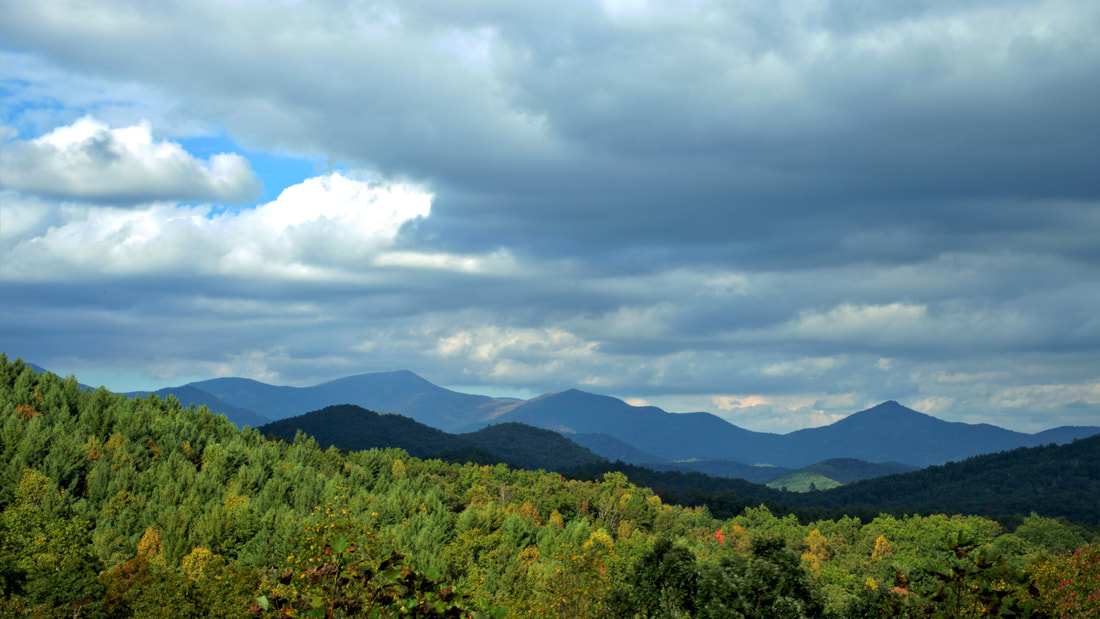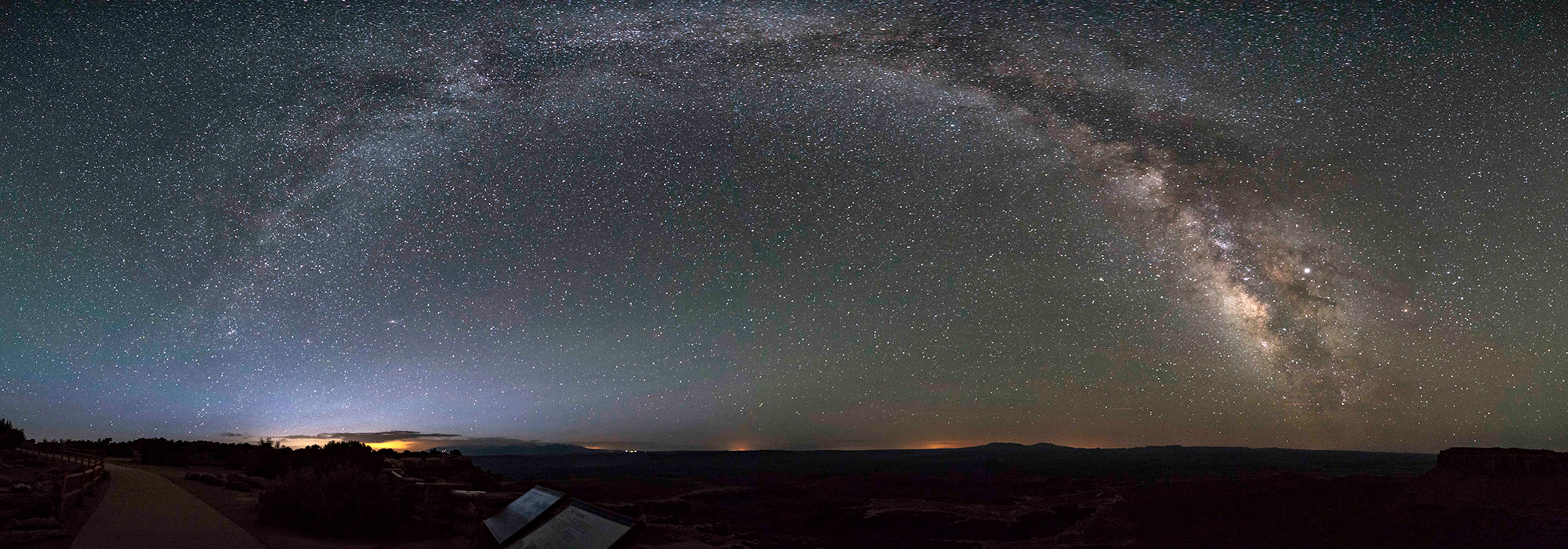|
Much of what you see was once clear cut to meet America's unquenchable appetite for lumber. North Georgia landowners, often struggling to make ends meet, willingly leased timber rights to out-of-State timber companies and then watched their green hills consumed to fill the Nation's need for timber. Watersheds and wildlife suffered. In this area of 15 miles west of Clayton in Northeast Georgia, lumbering began in the 1880 and continued into the 1920s. Then Congress acted in 1911, enacting the Weeks Act which authorized the Secretary of Agriculture to "examine, locate and recommend for purchase ... such lands within the watersheds of navigable streams as . . . may be necessary to the regulation of flow of navigable streams." In plain English, this enabled the federal government to acquire and preserve land to protect rivers and watershed headlands in the Eastern United States. The area you see above from Popcorn Overlook on Georgia Highway 76 was one of the first areas to benefit from the new law. By the 1930s tens of thousands of acres had been purchased and the slow process of reforestation began. What you see today when you stop by this viewpoint, is a thriving mature forest with a healthy watershed. -----
All photos and text are copyright Clinton Richardson. If you like these posts, please tell your friends about the Venture Moola blog at Readjanus.com. For more photos, check out at Trekpic.com. Feel free to share this blog. The more readers the better. Click here if you would like to get a weekly email that notifies you when we release new entries. Or, click in the side column to follow us on Facebook or Twitter. The New York Times is reporting on fears raised in the astronomical community by the recent launch of sixty satellites by Elon Musk's SpaceX Corporation, see: After SpaceX Starlink Launch, a Fear of Satellites That Outnumber All Visible Stars - Images of the Starlink constellation in orbit have rattled astronomers around the world. Check out this YouTube video for another take on the issue. The fear is that plans to launch 12,000 satellites into orbit which reflect as brightly as the North Star will clutter the sky and change forever what man will see when he looks to the skies. Light pollution has already altered what is visible in most of the U.S., particularly near urban areas where you are lucky to see a few hundred stars at best on a clear moonless night instead of the thousands that appear in the darker areas of the Mountain West. The image above shows just how spectacular the sky can be when the light pollution is minimal. What you are seeing is the core of the Milky Way and one of its extending arms. Some of you, like myself, may remember seeing a night sky fuller of stars from your childhood before the mania to light every available space took hold. Eight miles north of downtown Detroit in our suburban neighborhood, we could still see in the 1960s a sky filled with stars by seeking out a dark spot away from the street lights. The street lights were not as bright or ubiquitous as they are now and when the skies were clear and moon was new thousands of stars would fill the skies above. Today, the light pollution of our cities and towns drowns out most of the fainter stars when we look up at night. When you leave the cities and towns to darker areas you can see more stars but to see anything like what our predecessors saw you need to head to sea or some of the darker areas out West. Electrification and the lighting of our cities that followed have dramatically changed what we can see of the night sky. Now massive satellite initiatives of SpaceX and others threaten to change the night sky even where Earth-bound light pollution has not yet reached. As Elon Musk and others launch more and more satellites into orbit, the view of the sky will become polluted even in the remaining dark places on our planet making it harder and harder to see and remember the night stars that inspired our species. Take a close look at the night sky sometime. And if you have been thinking of heading out to dark spot to see more of the heavens your grandfather could see, do it sooner rather than later. Change is coming. -----
All photos and text are copyright Clinton Richardson. If you like these posts, please tell your friends about the Venture Moola blog at Readjanus.com. For more photos, check out at Trekpic.com. Feel free to share this blog. The more readers the better. Click here if you would like to get a weekly email that notifies you when we release new entries. Or, click in the side column to follow us on Facebook or Twitter. |
the blog
Travel, history, and business with original photos.
your hostClinton Richardson - author, photographer, business advisor, traveler. Categories
All
Archives
July 2023
Follow us on Facebook
|
Check out Ancient Selfies a 2017 International Book Awards Finalist in History and 2018 eLit Awards Gold Medal Winner and
Passports in his Underpants - A Planet Friendly Photo Safari a 2020 Readers' Favorite Winner in Nonfiction
Site Copyright 2024 by Clinton Richardson



 RSS Feed
RSS Feed